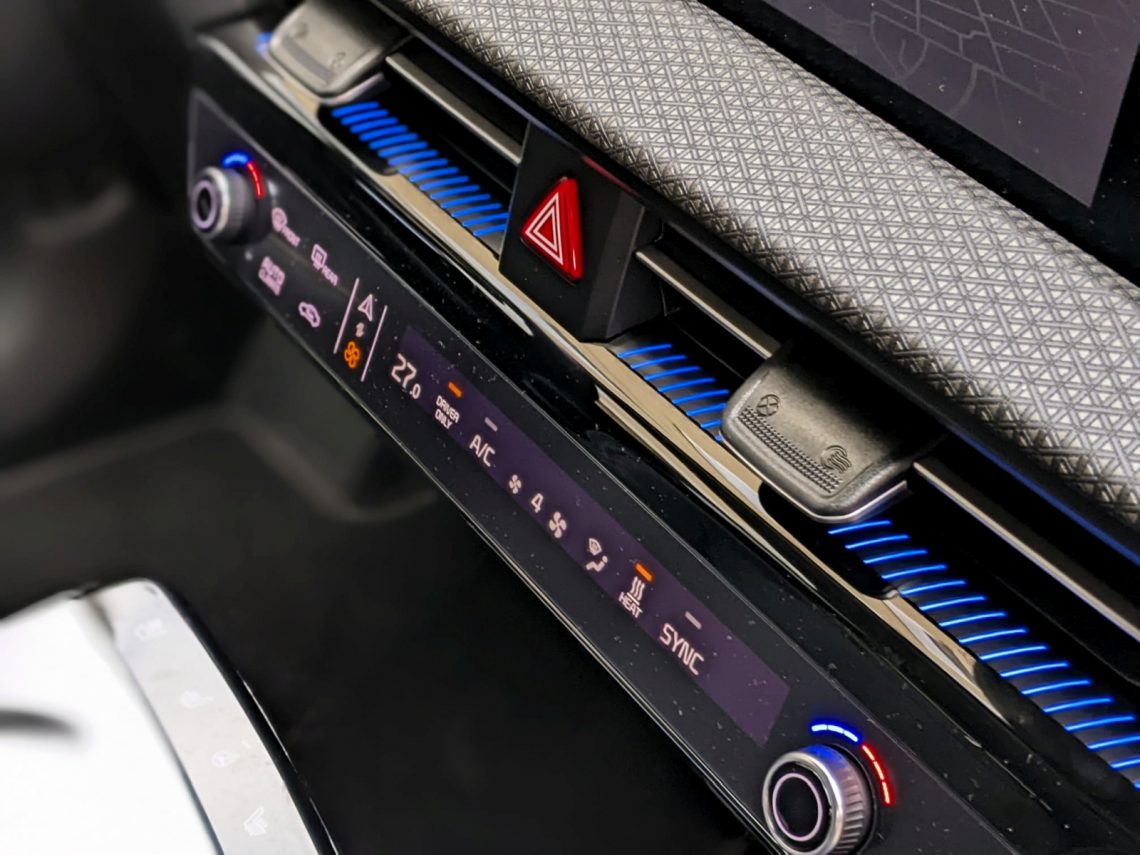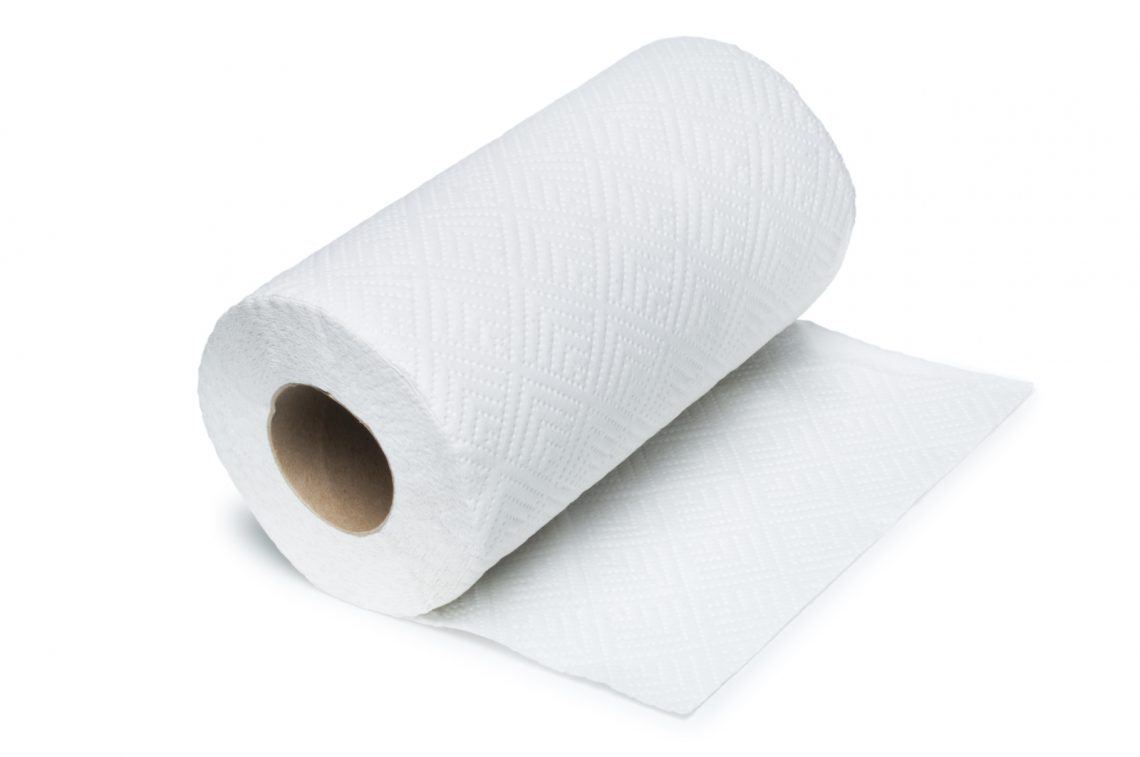Fogged windows in the car: the 5 best tips against condensation on your car window
Why do windows fog up in winter?
Once the temperature drops outside, all the moisture in your car condenses when it comes into contact with cold windows.
Before you know it, you’re looking at a hazy wall.
What many people don’t realize is that there is always more moisture in your car than you think.
A wet coat or a bit of snow on your shoes is enough to make things damp.
Even your breath adds moisture to the air in your car.
Why do windows fog up in the summer?
On a sweltering day, the opposite plays out.
Warm air hits your cold windshield, cooled by the air conditioner, and voila: tiny water droplets everywhere.
Just like that condensation on a cold can of Coke when you’re sitting on a sunny patio.
Text continues below the photo

What works best in winter against fogged up windows in the car?
5 tips against foggy windows:
1. Use air conditioning
You use the air conditioner when you’re hot, so it seems a little crazy to use it in the winter.
Still, we recommend it. In fact, air conditioning also works perfectly as a dehumidifier.
Many modern cars even have a special defogging function.
This puts the air conditioning and ventilation on the highest setting.
This helps very effectively against condensation on the inside of the windows.
Just make sure you point the vents at the windshield.

2. I don’t have air conditioning, now what?
Suppose you don’t have air conditioning in your car, or it quit.
What then?
Turn the heater to full power.
This is because warm air can hold more moisture than cold air, and your windows will also get warmer, causing less condensation.
The downside is that it does take a little longer to get your windows condensation-free compared to air conditioning.
Especially since your car is probably stationary – after all, you can’t see anything – and it takes a while for the heating to really get going.
Therefore, we recommend that you also keep a roll of kitchen paper or a set of old – but clean – cloths handy.
That way you avoid having to use your hands or your jacket sleeves to clean the windows when you’re really in a hurry.
With kitchen paper and cloths, you leave fewer marks on the windows, which can bother you later while driving.

3. Absorbing can be learned
No moisture in your car means no fogged up windows.
It’s as simple as that!
Of course, it’s hard to hold your breath the entire drive – since that also contains a lot of moisture – but you can actively address the moisture.
Consider moisture-eaters, which you can buy ready-made.
Or get creative with a bag of rice or a sock filled with cat litter.
These help absorb excess moisture and keep your windows clear.
And remember: don’t leave wet clothes or shoes lying around in your car, or it will continue to be mopping up!

4. Use a blackboard wiper or shaving cream
You probably didn’t expect this one, and if you don’t work in education you probably don’t have it at home either: a blackboard eraser, also known as a chalkboard eraser.
Not to worry, you can easily order them online and they only cost a few euros.
You can clean fogged up windows surprisingly well with them.
They effectively suck up the moisture and leave no trace.
Also convenient: they fit easily in the glove box.
What also works well is shaving cream.
Apply this to the inside of the windshield and clean it thoroughly with a clean (!) cloth.
You will see that little to no condensation will form in this area afterwards.
Onions, toothpaste, old newspapers and detergent also seem to work well against condensation.

5. Avoid recirculating hot air
Your air conditioner often has a recirculation mode, and in some modern cars this is even automatic.
This system ensures that no air comes in from outside, keeping pollutants out.
Instead, the air in the car is recirculated.
If you want defogged windows as quickly as possible you should not use the recirculation mode.
Otherwise, that same moist air will continue to circulate around in your car.
Instead, what you need is dry air from outside.
A good tip: open your windows slightly to let fresh, dry air in.
Also read: Salt doesn’t melt ice – so why do we scatter?

